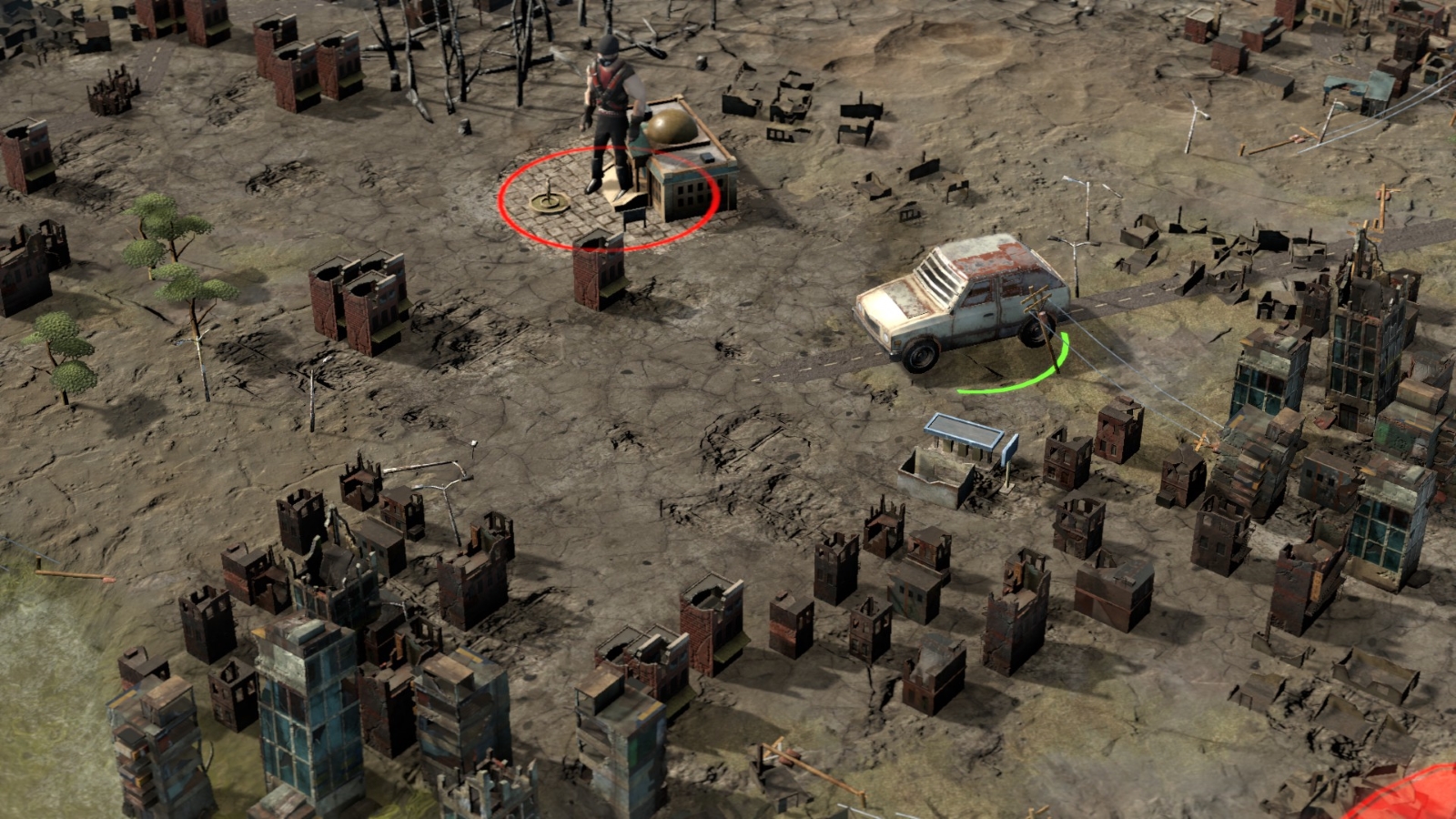
The war years were a period of rapid expansion for the factory, which became by 1918 one of the principal manufacturing businesses in Frankfurt, with approximately 2,000 people on the payroll. During the war that broke out two years later this factory, under the capable direction of Chief Engineer Nathan Sally Stern (1879– 1975) whom Teves knew from Adlerwerke AG, would be modified to produce fuses and cartridges for munitions, along with various associated precision components. This factory was relaunched in 1912 and rebranded as the "Alfred Teves Maschinen- und Armaturenfabrik".
Surviving the aftermath components production manual#
It was also in 1911 that Teves purchased a workshop for the manufacture of manual compression adjustment valves.


By this time the focus of the Teves businesses was on manufacturing rather than on wholesaling or retailing the product of other suppliers. Customers included August Horch's Audi and Wanderer businesses, along with Hansa in the north of Germany. In 1911, by this time employing 300 people, the manufactory was transferred to Frankfurt. The factory started off with a workforce of 120, and was soon manufacturing radiators not just for automobiles but also for aeroplanes. Behr" to establish the "Mitteldeutsche Kühlerfabrik" ( "Central Germany Radiator Factory") in Stuttgart. In December 1909 Teves teamed up with his friend the engineer Matthäus Braun, who moved across from the Stuttgart-based "Süddeutsche Kühlerfabrik Julius Fr. It continued to prosper under the same name till 1925, although it was far from the only business with which Teves would involve himself through that eventful period. Automobile manufacturing was undergoing a phase of rapid expansion, and Frankfurt was a major centre of industrial and commercial opportunity. Not for the last time, Teves' timing was impeccable. "Alfred Teves, Automobil-Technisches Material und Zubehörteile" was a distributor for automobile equipment and accessories. In October 1906 Alfred Teves set up his own business, still in Frankfurt. Like many auto-industry executives at the dawn of the motoring age, Teves participated in a number of automobile races during the early part of the twentieth century. In 1899 Adler diversified into the manufacturing of motor cars, and by 1902 Teves had risen to the position of "Head of car sales". Teves joined the company as a warehouse clerk. Heinrich Kleyer (1853–1952), the firm's founder and a brilliant engineer, was a cousin of Alfred Teves. Heinrich Kleyer AG" (better known by the name it acquired in 1900 as "Adlerwerke" or more simply still, "Adler"), principally known when Teves joined as a manufacturer of bicycles and tricycles. He joined the Frankfurt-based company Adlerwerke vorm. Teves told an interviewer later that he moved onshore because he felt that as a ship's captain he had progressed his career as far as he could at sea: his appetite for adventure had been sated. He went to sea in 1885, employed at different stages as a second officer and, after acquiring the necessary additional qualifications at the Royal Navigation College in Altona, as a ship's captain, both on sailing ships and steam ships. His mother, born Auguste Biernatzki (1833–1923), was the daughter of Johann Christoph Biernatzki, a Protestant pastor (and published author ).īetween 18 Alfred Teves attended for the prestigious "Katharineum" (secondary school) and the "Großheim’schen Realschule" (secondary school) in the nearby city of Lübeck and then switched to a specialist sea-faring school in Steinwerder, emerging qualified for work as a helmsman.

Friedrich Wilhelm Teves (1814-1871), his father, who died while he was still a small child, was a local government official. Life Provenance and early years Īlfred Teves was born in Trittau, a small town in Schleswig-Holstein, located some 30 km (20 miles) east of Hamburg.


 0 kommentar(er)
0 kommentar(er)
